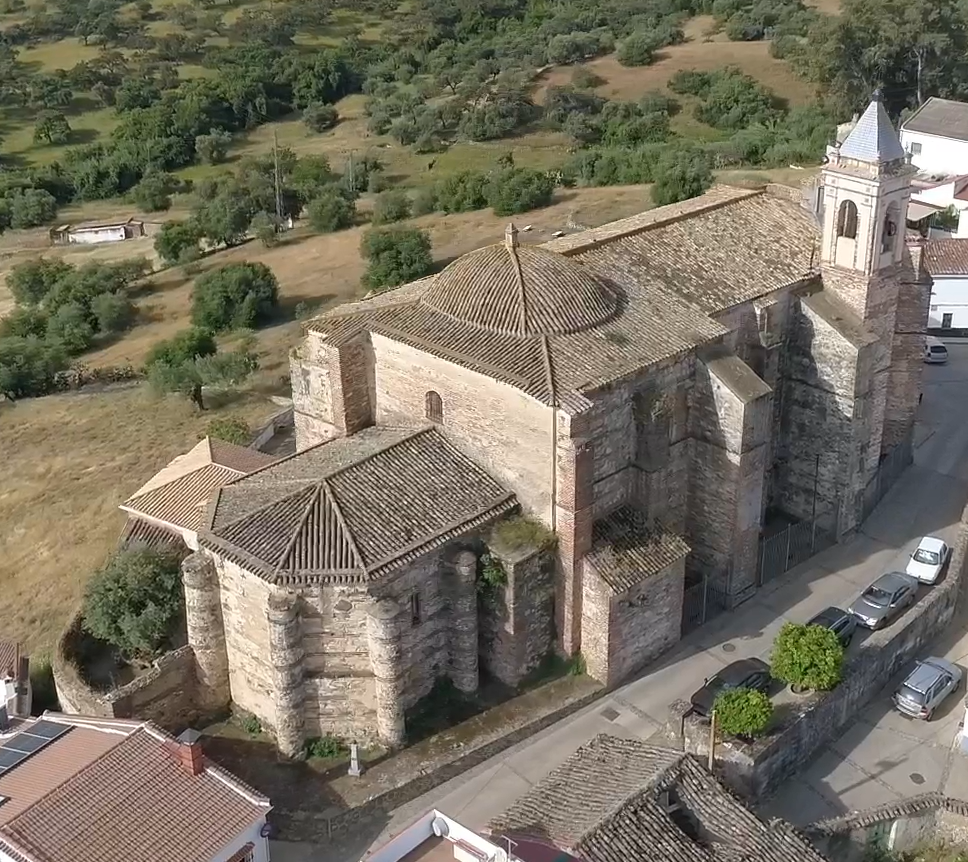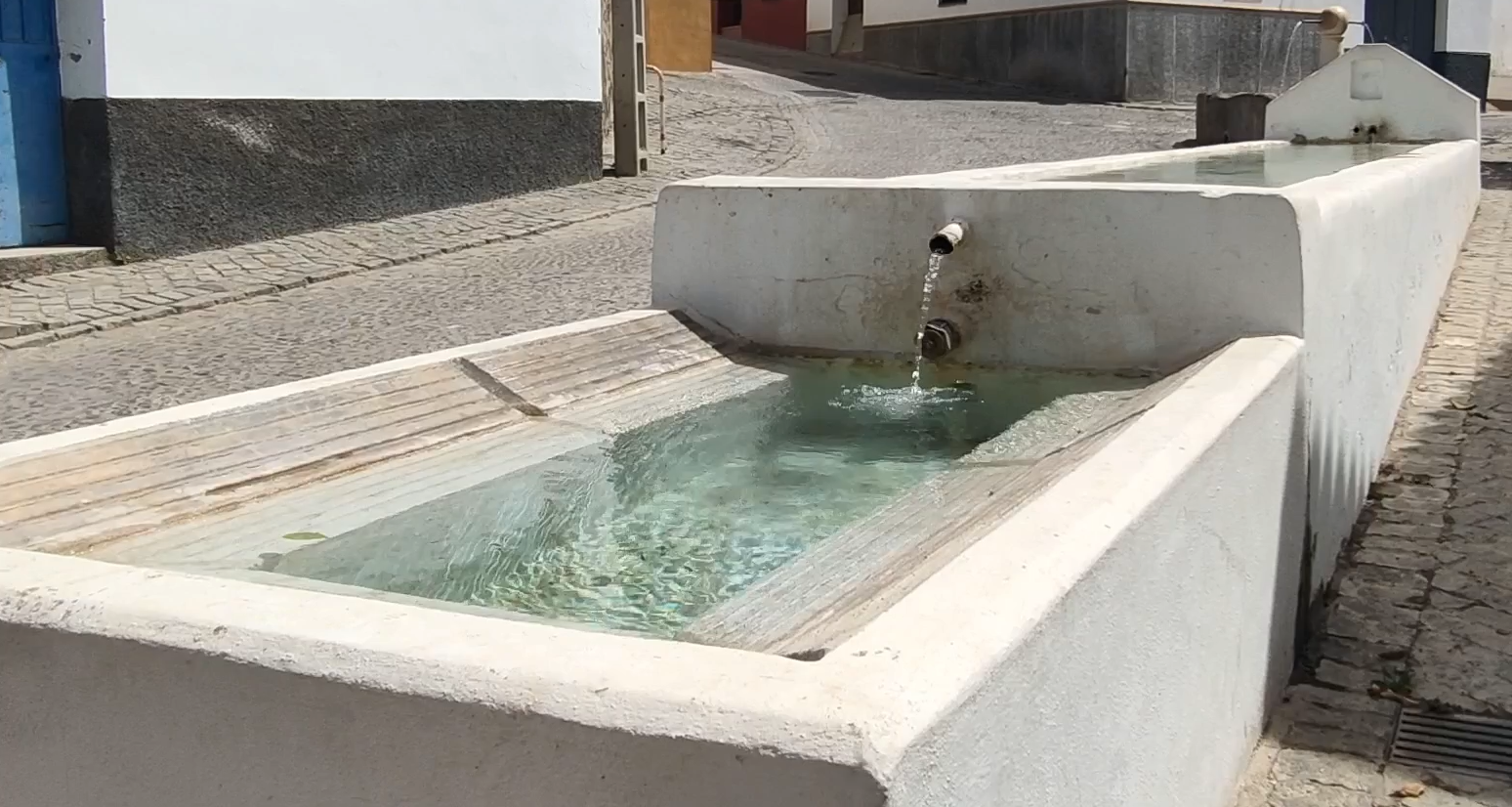Throughout history, the Guadiamar River has favoured the settlement of different cultures, as evidenced by the numerous prehistoric sites found in the municipality. Countless dolmens, cists and burial mounds are preserved in the surrounding area, showing the passage of the megalithic culture through the municipality. The "Sepultura del Moro", with a large rectangular chamber, or those found in the Cerro de San Antonio Abad, stand out.
The mineral wealth of the area has been exploited since Tartessian times, but it was the Phoenicians and the Romans who inherited this mining tradition, making it the essential centre of the region's economy.
During the Arab rule, El Castillo de las Guardas, under the name of Al-Muniat, developed into a fruitful town thanks to the restoration of the old Roman military fortification, becoming home to a cemetery, mosque, baths and other Islamic facilities and standing out as a strategic location. The castle keep, conceived as a watchtower at a time of reconquest and its "guards" in the border area, seem to be at the origin of its name.
After the conquest of these territories by Ferdinand III, El Castillo de las Guardas became a dependent municipality of the city of Seville, controlling possible enemy incursions from its strategic location.
In the 17th century, during the reign of Charles II, the municipality became independent and was granted the status of Villa by royal decree.
The Guadiamar River, a determining origin in the culture and history of El Castillo de las Guardas, which presents an incomparable natural setting with great potential for the development of tourism.



